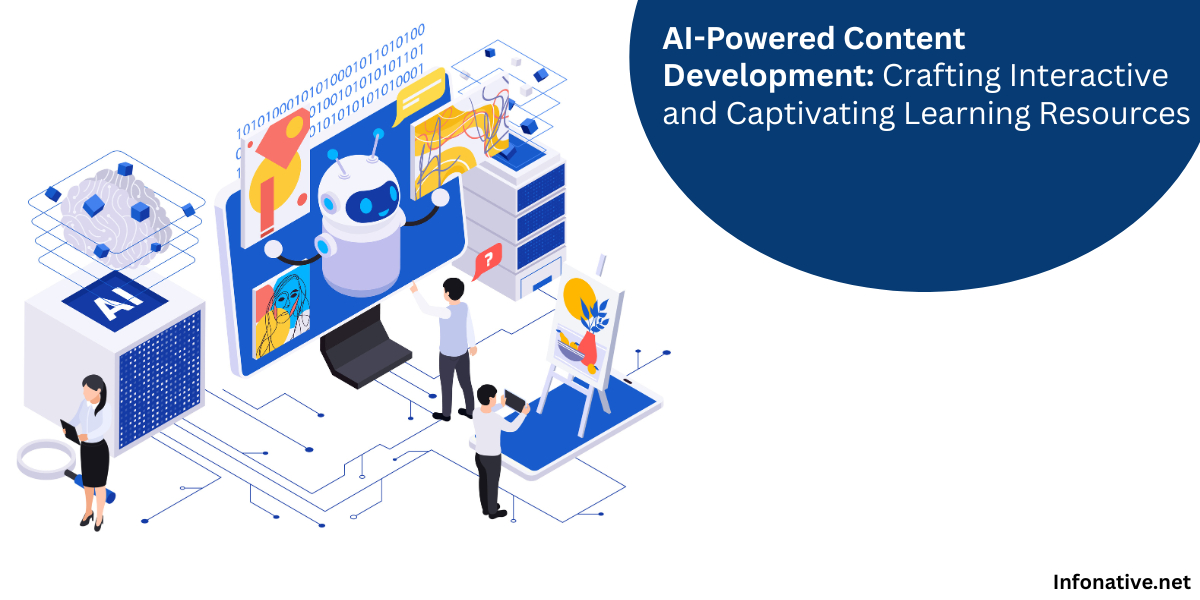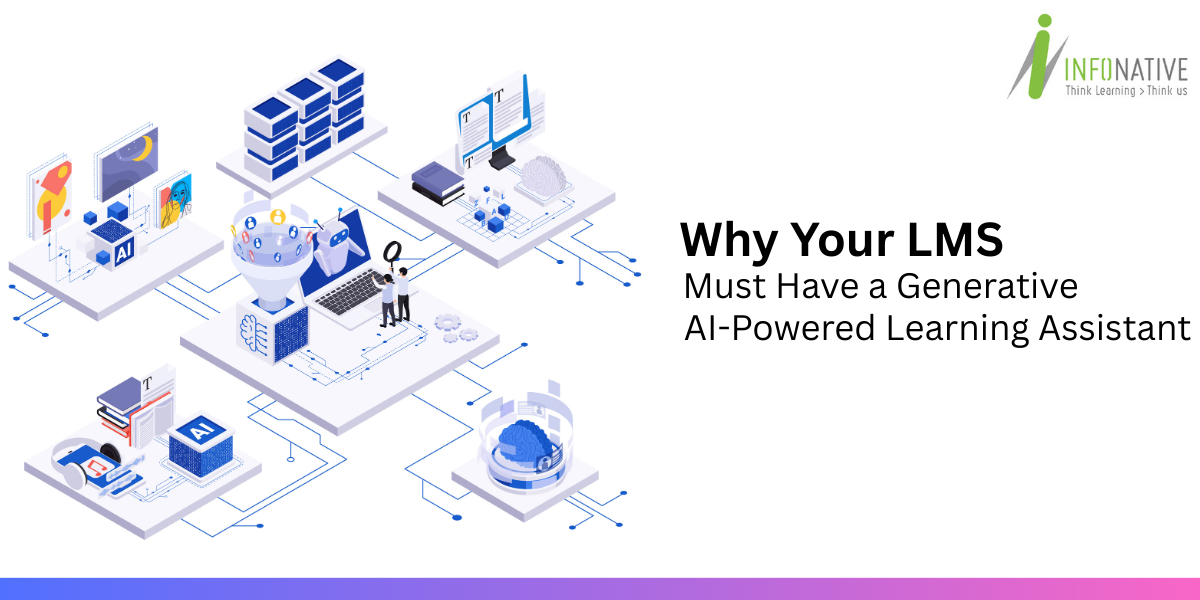In the digital age, the demand for engaging and effective learning experiences is higher than ever. AI-powered content development is revolutionizing the eLearning industry by enabling the creation of interactive and captivating learning resources. This approach not only enhances learner engagement but also improves knowledge retention and accessibility.
The Role of AI in eLearning Content Development
AI-driven technologies are transforming eLearning by automating content creation, personalizing learning experiences, and streamlining instructional design. Some key areas where AI is making an impact include:
1. Automated Content Generation
AI-powered tools can generate high-quality instructional materials, including text, quizzes, and assessments, with minimal human intervention. Natural Language Processing (NLP) and machine learning algorithms help create course content that is coherent, informative, and adaptable to different learning styles.
2. Adaptive Learning Paths
AI algorithms analyze learners’ progress and tailor course materials to meet individual needs. By dynamically adjusting content based on performance and engagement levels, AI ensures a customized learning experience that enhances knowledge retention.
3. Interactive and Gamified Elements
AI facilitates the integration of interactive elements, such as simulations, scenario-based learning, and gamification. These features boost engagement and motivation, making learning more enjoyable and effective.
4. AI-Powered Chatbots and Virtual Tutors
Chatbots and virtual assistants provide instant feedback, answer queries, and guide learners through their educational journey. This ensures continuous support, reducing the dependency on human instructors.
5. Enhanced Content Accessibility
AI tools improve accessibility by offering real-time translations, text-to-speech functionalities, and adaptive interfaces for learners with disabilities. This inclusivity broadens the reach of educational content.
Best Practices for AI-Powered Content Development
To maximize the potential of AI in eLearning, organizations should follow best practices, including:
● Leveraging AI for Data-Driven Insights: Use AI analytics to track learner progress and optimize content effectiveness.
● Ensuring Content Quality and Relevance: Human oversight is essential to verify AI-generated content for accuracy and pedagogical soundness.
● Integrating AI with Human Expertise: A balanced approach that combines AI efficiency with human creativity and instructional design expertise leads to better learning experiences.
● Prioritizing User Experience (UX) Design: AI-powered courses should be designed with intuitive navigation, visually appealing layouts, and interactive elements that enhance user engagement.
Future of AI in eLearning
The future of AI-powered content development looks promising, with advancements in deep learning, augmented reality (AR), and virtual reality (VR) set to redefine digital education. AI will continue to evolve, making learning experiences more immersive, adaptive, and personalized.
Conclusion
AI-powered content development is a game-changer for the eLearning industry. By leveraging AI’s capabilities, organizations can create highly interactive, personalized, and engaging learning resources that cater to diverse learners. As technology progresses, embracing AI-driven solutions will be key to shaping the future of education.




